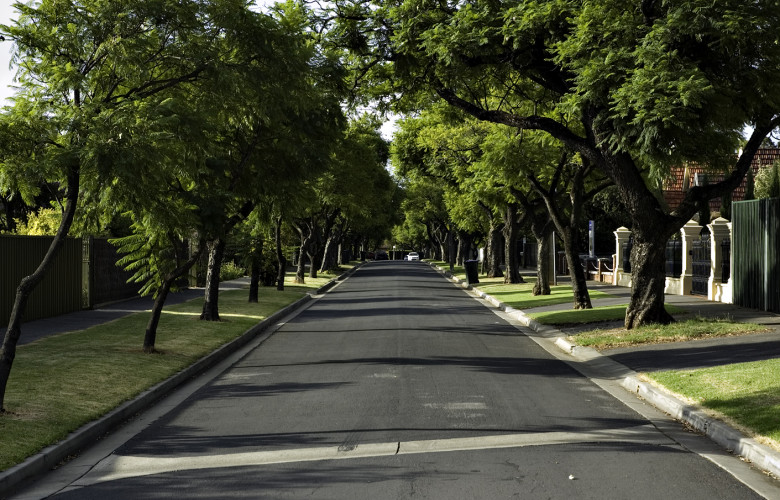Why poor suburbs are hotter
Contact
Why poor suburbs are hotter
Increased density in our cities may be causing temperatures to rise on our streets, according to a new report by RMIT, the CSIRO, and the University of Western Australia.
Poor and disadvantaged Australian suburbs can be more than 10 degrees hotter than greener, wealthier areas, a study by RMIT University has shown.
The study found that Australian cities have lost an area of vegetation equivalent to the size of Brisbane over the last three years, raising the likelihood of 'heat spikes' in less green areas.
The report describing the research, which was produced together with CSIRO Data 61 and the University of Western Australia and is titled 'Where Should All the Trees Go', examines 'greenness' in Australia’s cities, and examines the 'greening plans' of 139 local governments.
Download the report 'Where should all the trees go?'.
The lead author of the report, Associate Professor Marco Amati from the RMIT Centre for Urban Research, says local governments have not been effective in maintaining green spaces.
“Using i-Tree – a method for sampling urban vegetation distributions and land covers – we found there has been a major decline in canopy coverage," he said.
“As they lose vegetation, urban areas start to act like heat sponges.
“Our study showed areas identified as less affluent are at risk of having urban hotspots that are more than 10 degrees higher than those found in wealthier areas," he said.
"Green spaces and heat concentration in Australia are spread unevenly, which is contributing to an uneven spread of economic and health circumstances,” Amati said.
Report co-author Dr Bryan Boruff from the University of Western Australia, says changes in a city's vegetation can often be explained by the changing nature of neighbourhoods.
“Local governments showing the greatest green space losses across Perth lie in a band that stretches from inland Melville to coastal East Fremantle where the traditional Aussie backyard is losing ground to densification and infill,” he said.
Read more about cooling and greening our cities:
Sydney will spend $8m on trees to cool the city
The science behind our desire to live in a leafy neighbourhood





